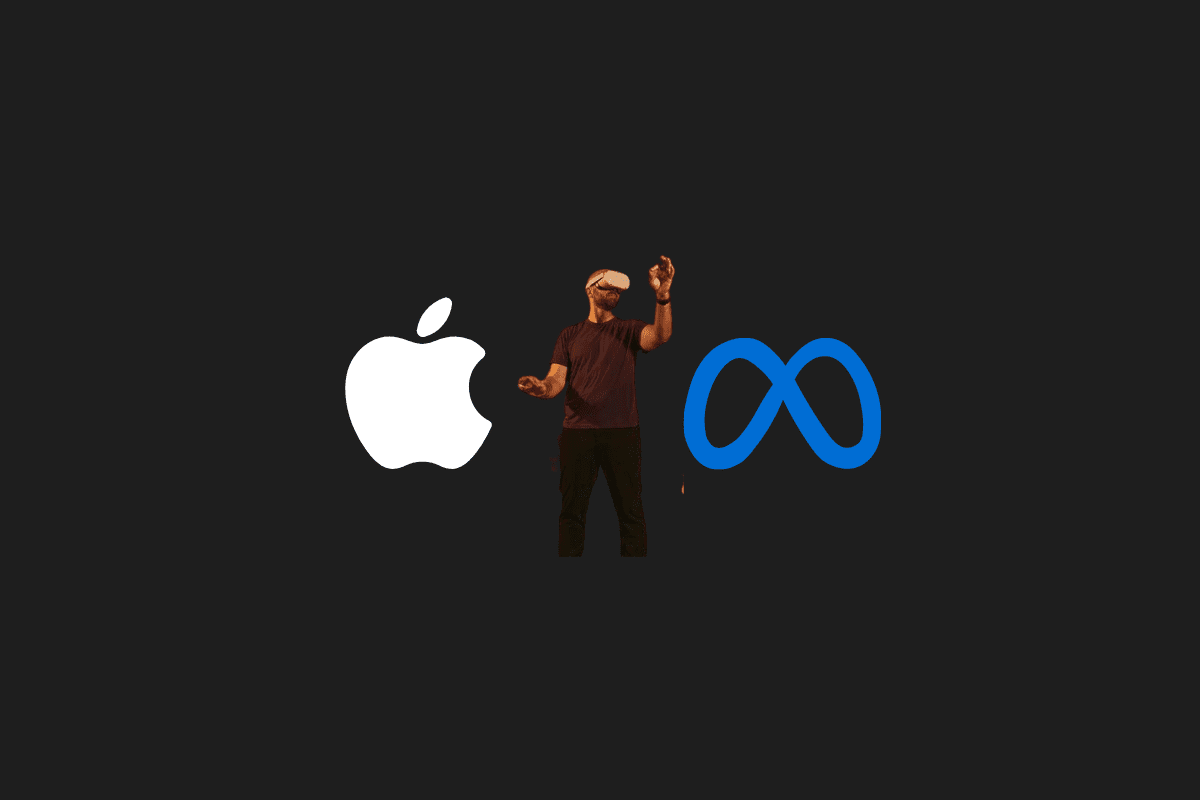While it might appear that the trend for virtual reality glasses began with the advent of smartphones, its origins trace back further. In 1963, the Teleyeglasses were introduced, serving as a precursor to today’s virtual reality glasses.
These glasses featured two small screens, weighed 140 grams, and were powered by a battery. Over the years, the basic design concept of the Teleyeglasses was largely maintained, but technology advanced to a significantly different dimension.
The virtual reality glasses that we are familiar with today started to emerge in the early 1990s, with models such as the Sega VR and Virtual Boy being made available to consumers.
Over the years, we’ve seen models like the:

- HTC Vive,
- Oculus Quest,
- PlayStation VR,
- Samsung Gear VR, and
- Microsoft HoloLens.
Even as these models were released, the concept of the ‘metaverse’ was not yet a part of our lives, yet it existed!
Despite never achieving sufficient comfort in terms of usability, virtual reality glasses have continually remained a part of our lives.
Apple Vision Pro vs Meta Quest 3
On June 5, 2023, Apple hosted one of its annual WWDC events. During this event, even though they introduced the latest generation of iOS, MacOS, the 15-inch MacBook Air, and new generation processors, the highlight was the Apple Vision Pro. Apple CEO Tim Cook introduced this product with the phrase “One More Thing,” marking it as the standout announcement of the event.
This came shortly after Meta announced Quest 3 last week, a product blending AR and VR technologies, prompting Apple to declare its entry into the same arena.
Despite both being technological giants, Apple and Meta had not directly competed with their products until the advent of virtual reality and the metaverse.
Now, Apple’s Vision Pro stands as a formidable American competitor against Meta’s Quest 3.
A key difference between the two is that the Quest 3 will be sold at a more affordable price compared to its competitor.
The Vision Pro is priced at $3,500, whereas the Quest 3 is set at a seventh of its competitor’s price, which is $500. Apple plans to make its product available to end users in early 2024, while Meta intends to launch its Quest 3 this year.
Perhaps Apple’s most significant advantage is its integration into a highly stable and efficient ecosystem. The Vision Pro is a product of this ecosystem, ensuring it will work seamlessly with iOS devices. On the other hand, the Quest 3 is Android-based, and its efficiency and stability when used with products from different developers will be determined over time.
Both glasses contribute a new dimension to the concept known as the metaverse, enabling users to socialize, hold meetings, and watch movies, reminiscent of an episode from “Black Mirror.”
Therefore, the technical specifications of both devices are crucial. The more detailed the resolution in the metaverse, the more immersive the experience.
The Vision Pro features a 1.41-inch micro OLED screen for each eye, offering a resolution of 4K or higher, maximum brightness exceeding 5,000 nits, and a screen density of 4,000 PPI. These specifications suggest that users will experience exceptionally clear and sharp visuals, enhancing the realism.
Given its $500 price tag, the Meta Quest 3’s image quality may not match that of its competitor. It will have a 120Hz refresh rate and use a single LCD screen, differing from the one screen per eye setup. These details remain speculative, as the company has yet to confirm them officially. Speculation also suggests a resolution of 4128 x 2208 pixels, with likely lower maximum brightness.
The Vision Pro model includes 12 cameras for recording video and taking photos, whereas the Meta Quest 3 will feature a total of 4 cameras.
Another crucial aspect is the Vision Pro’s capability to detect hand movements, while the Meta Quest 3 is expected to come with new Quest controllers. These controllers will feature touch surfaces and tracking sensors, along with replaceable batteries. Unlike its competitor, the Vision Pro operates independently, not requiring any controllers. However, the effectiveness of this feature will be determined through testing.
If the future involves living partially in the metaverse, the Apple Vision Pro appears to be better equipped for a seamless experience. It includes an external battery that can be connected via a cable and carried in a pocket, offering up to 2 hours of battery life on a single charge, with the possibility of extending this duration with an additional battery. The Quest 3, on the other hand, is expected to have an internal battery, similar to its predecessors.
These specifications are currently theoretical, and their practical impact will be clearer once the products are available for sale. Nevertheless, it’s evident that the Apple Vision Pro targets a more efficiency and business-oriented demographic, as suggested by its promotional material showcasing users working, attending meetings, and watching movies in their leisure time. In contrast, the Meta Quest 3’s marketing suggests a focus on gaming.
In countries like Turkey, where the exchange rate of the dollar is high, the cost of these products significantly exceeds their perceived benefits. For instance, $500 translates to 10,755 TL at the current exchange rate, and $3,500 amounts to over 75,000 TL. Official sales in Turkey will include additional taxes on these exchange rates. A more comprehensive comparison of the products’ prices and benefits will be more feasible after these factors are considered. Furthermore, it’s worth noting that the $3,500 price tag for the Vision Pro is perceived as quite high on a global scale.
Vision Pro Didn’t Serve Apple Well
The $3,499 Apple Vision Pro failed to impress investors. Despite Twitter being abuzz with praise for the Vision Pro last night, investors seemed to have reservations, as evidenced by a 0.7% decline in the company’s shares.

